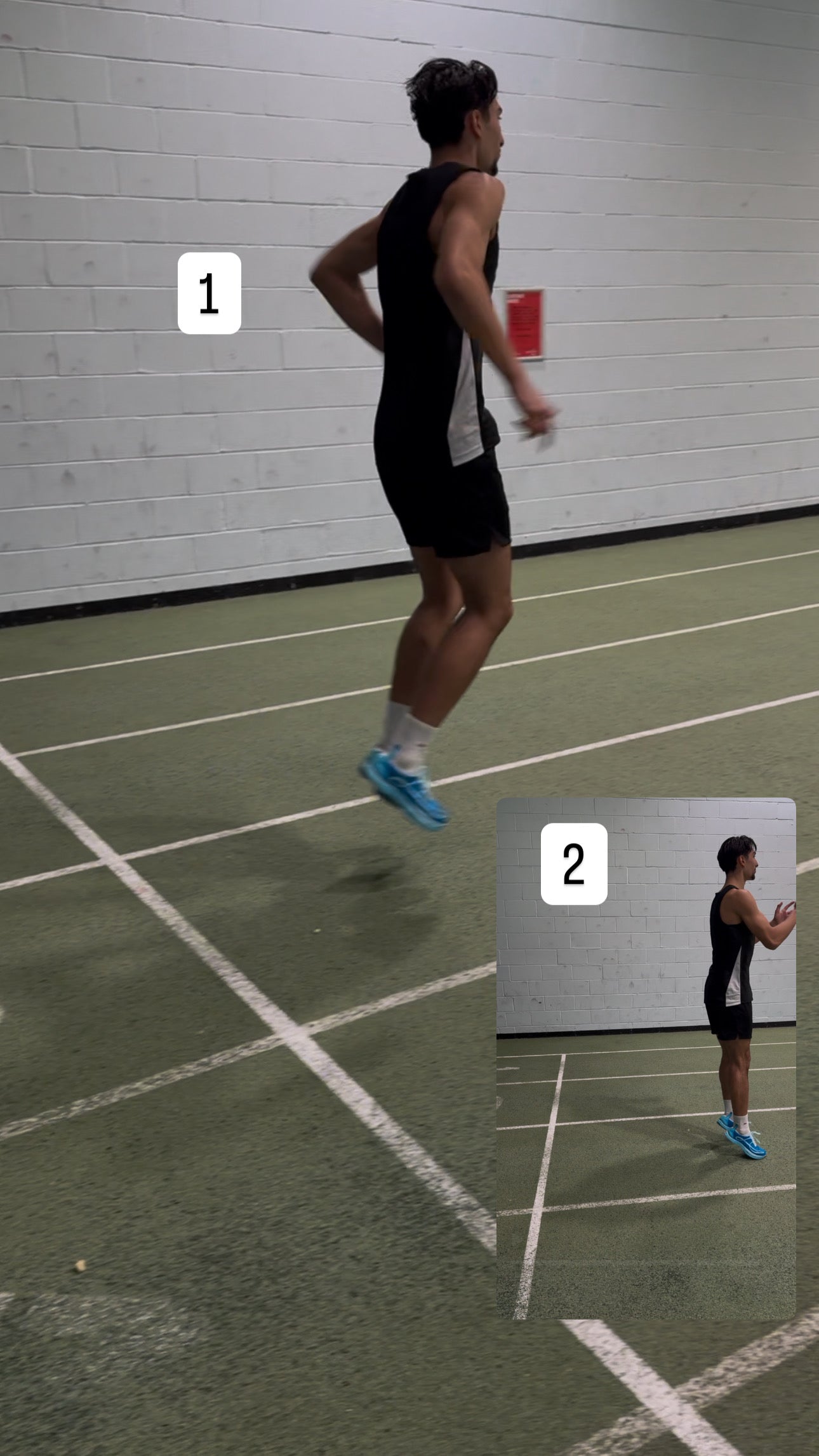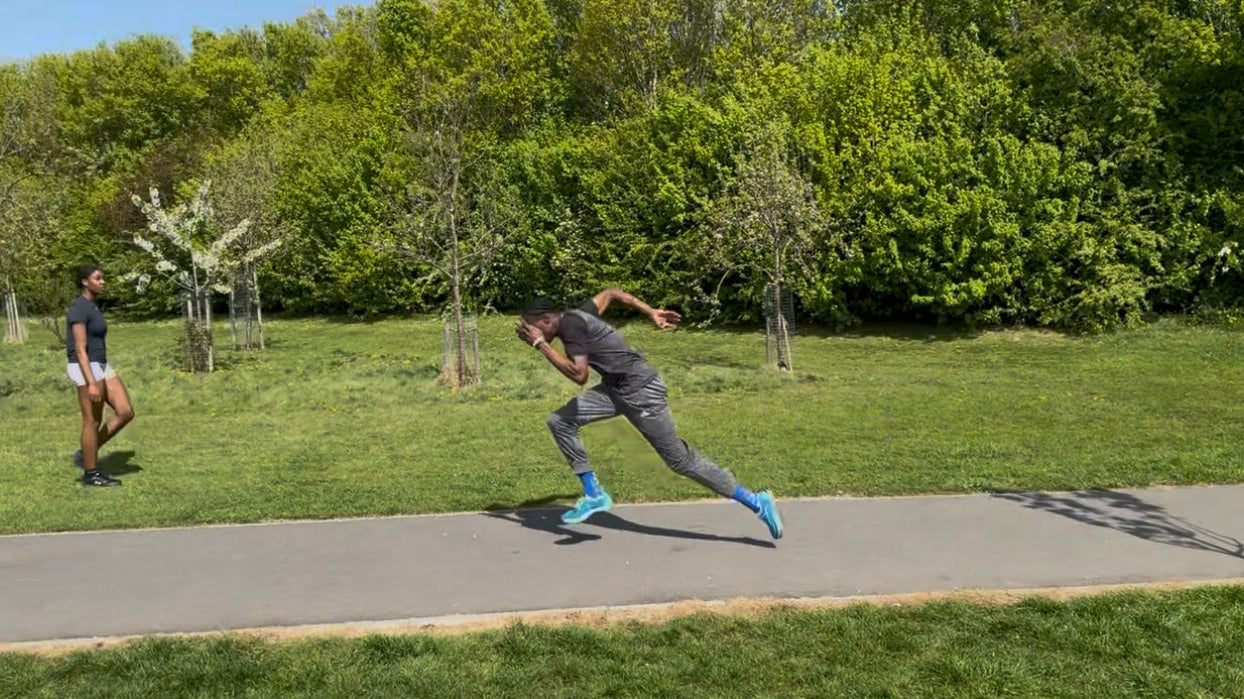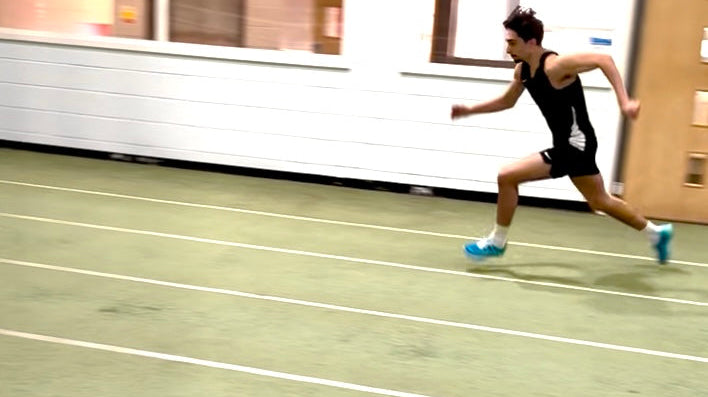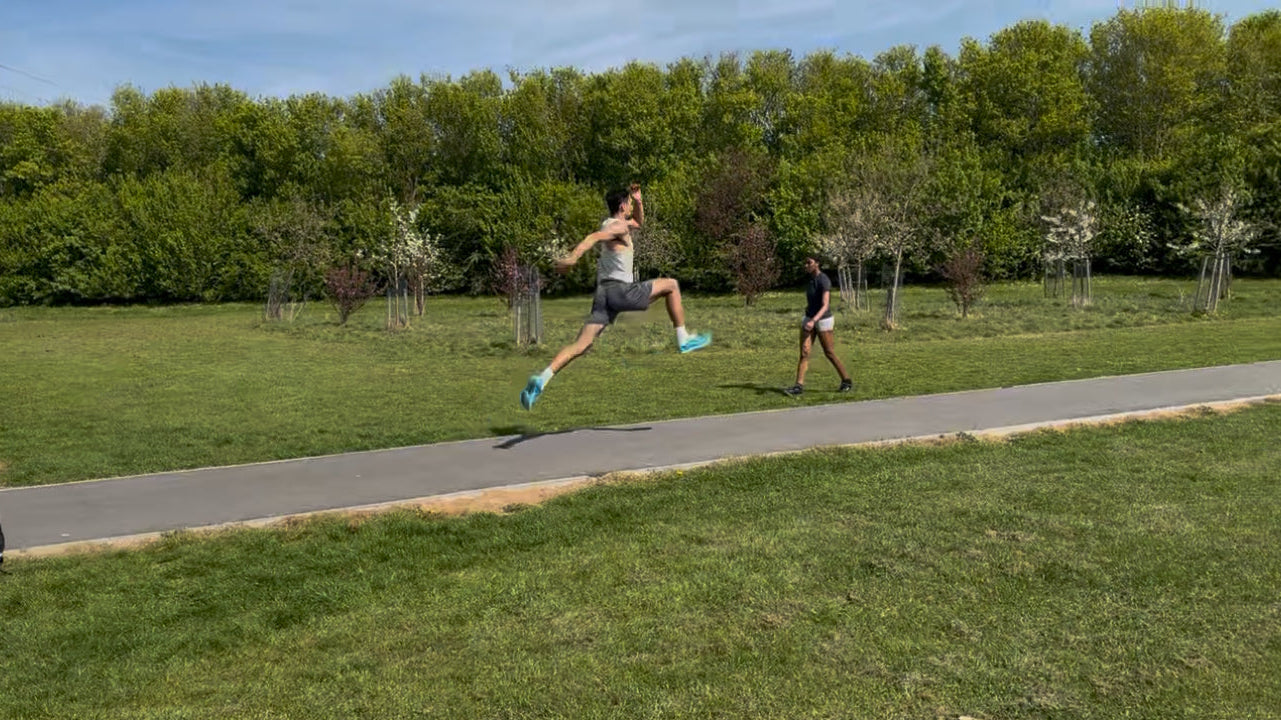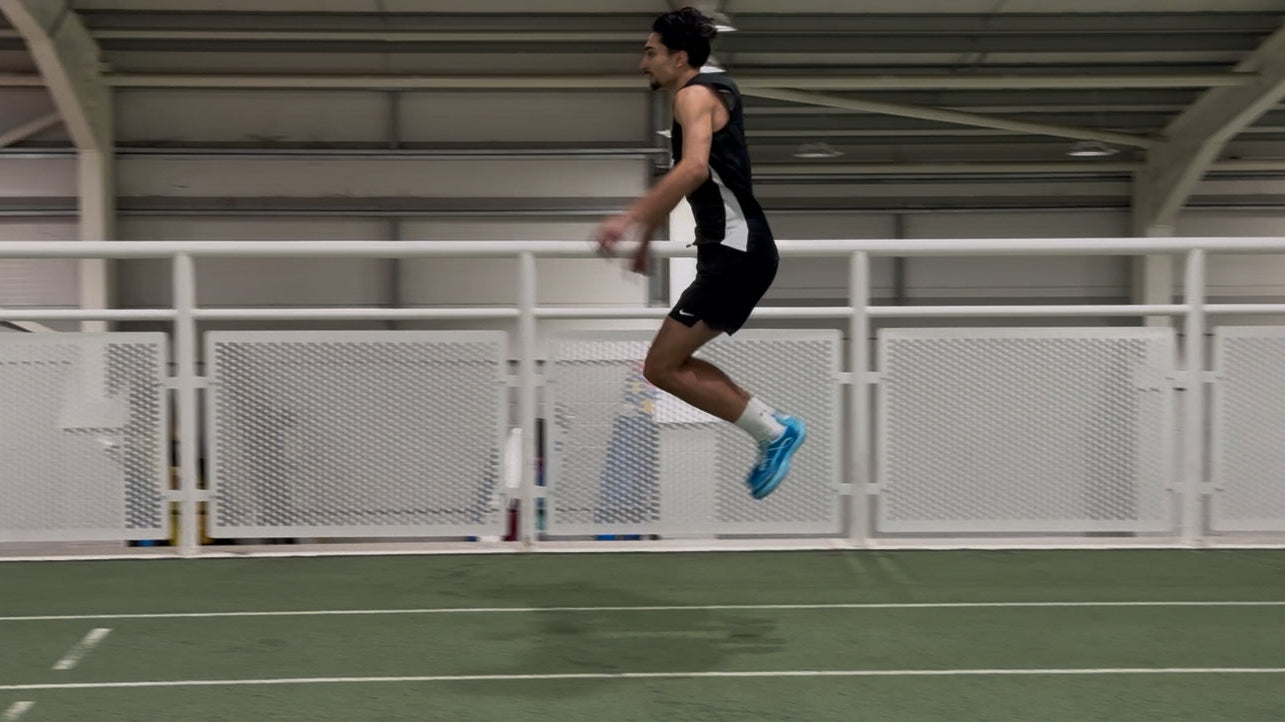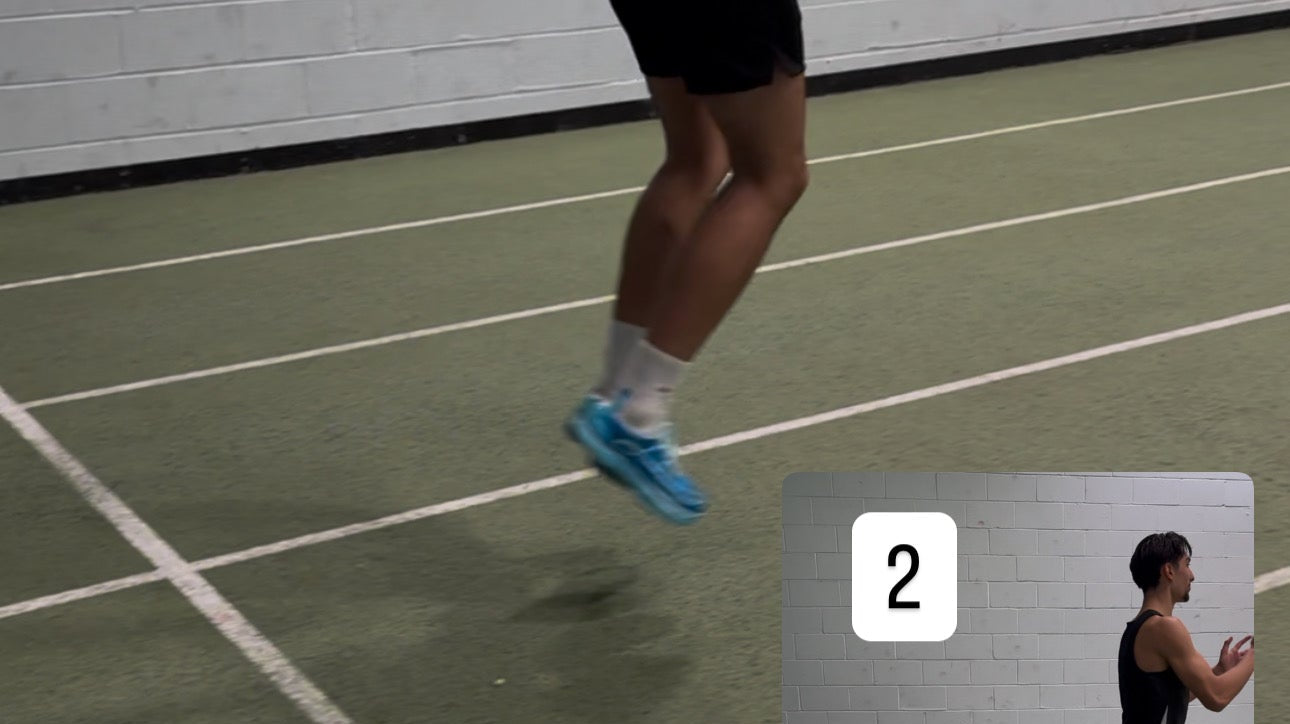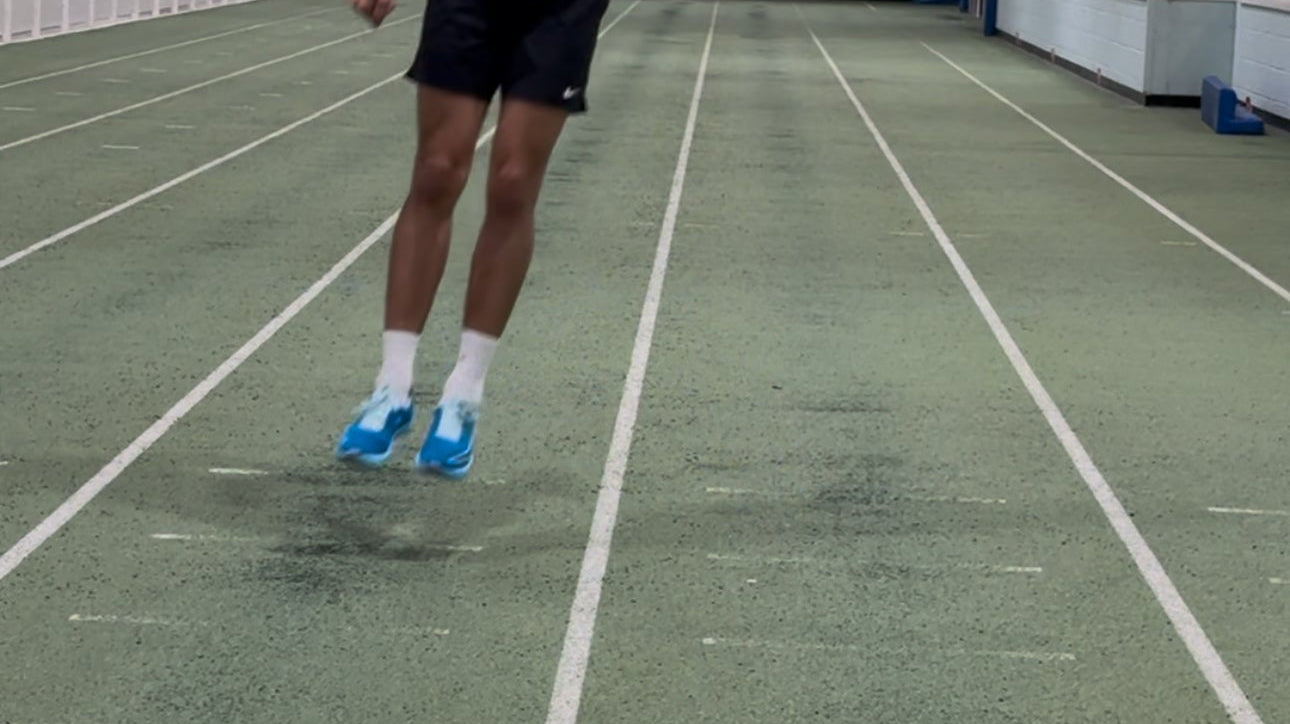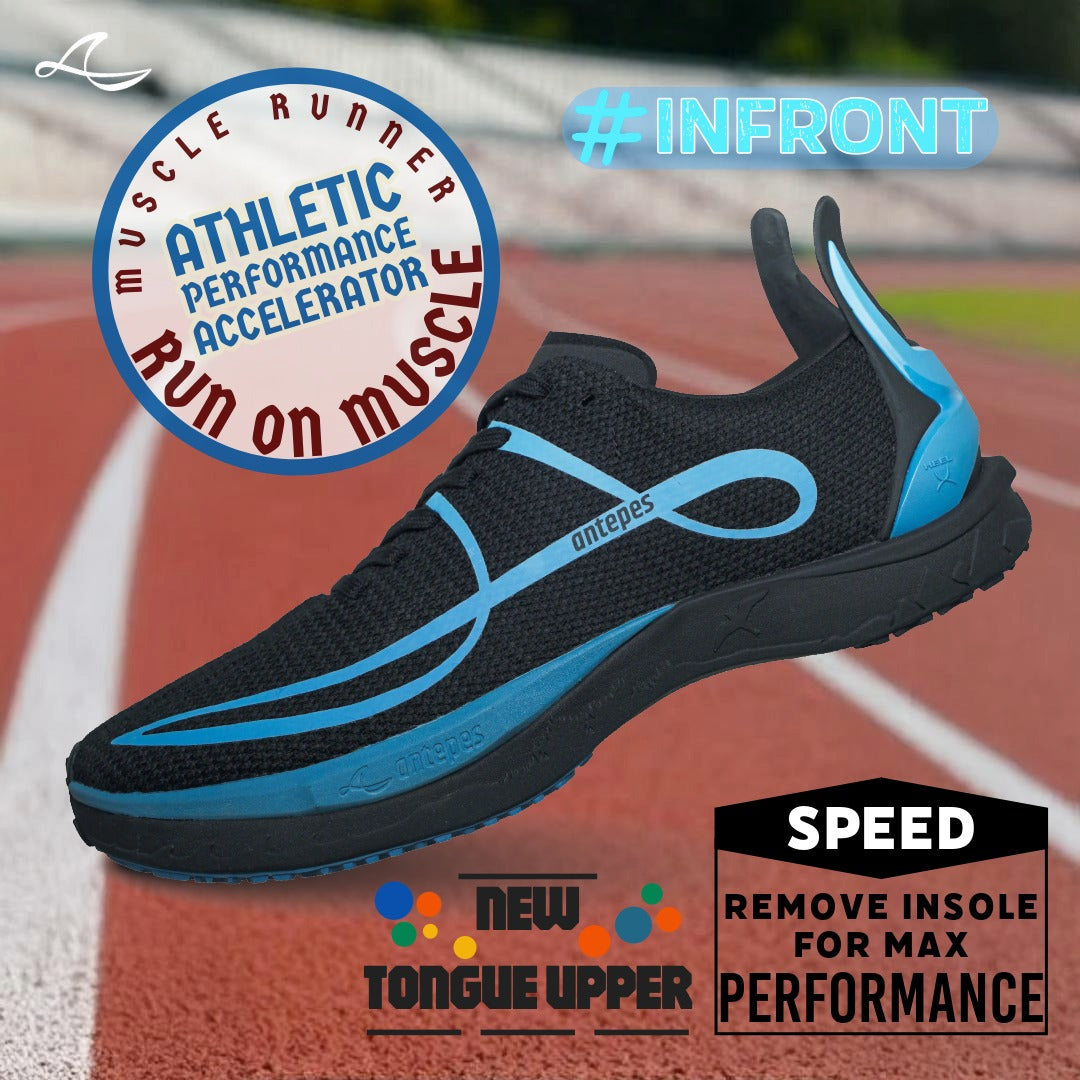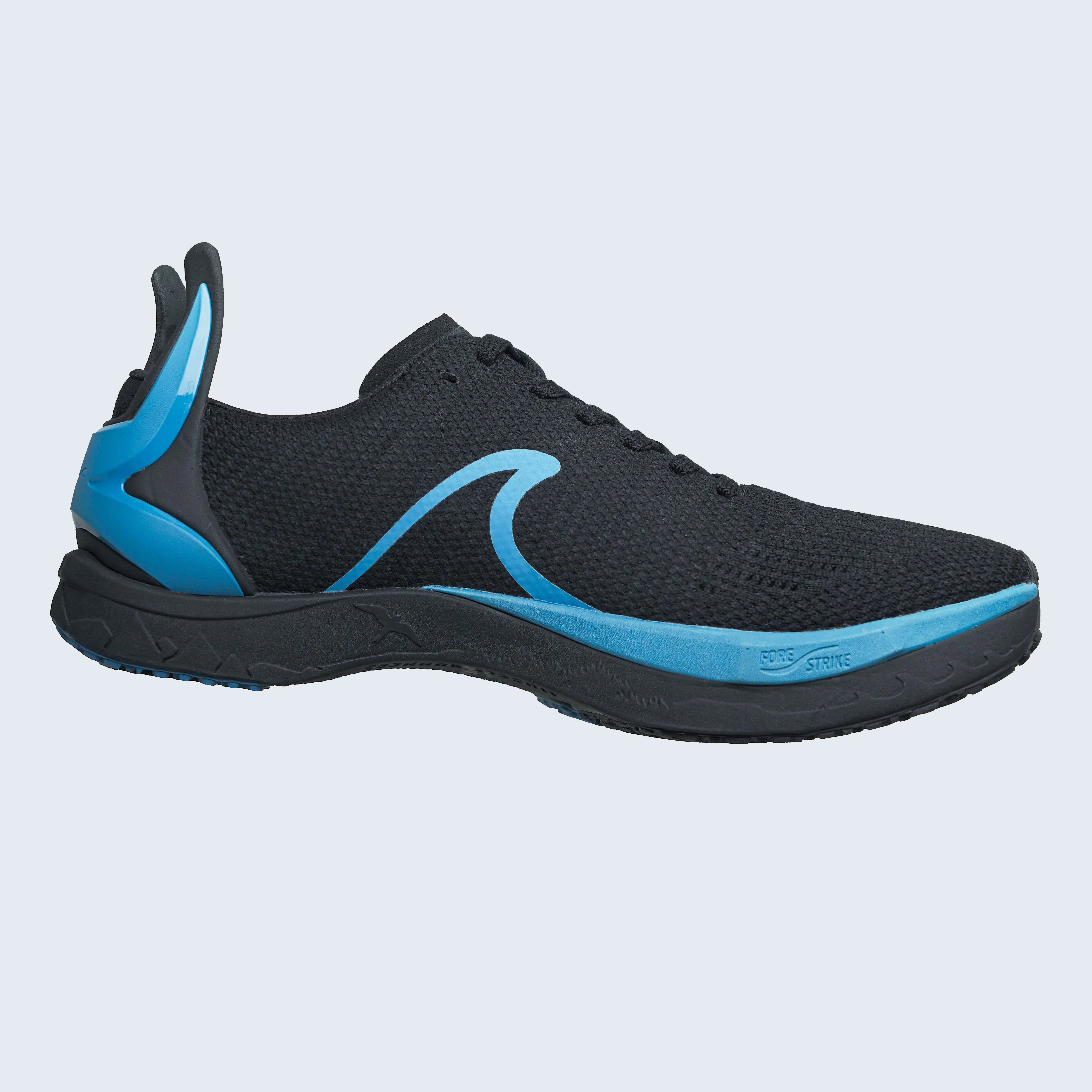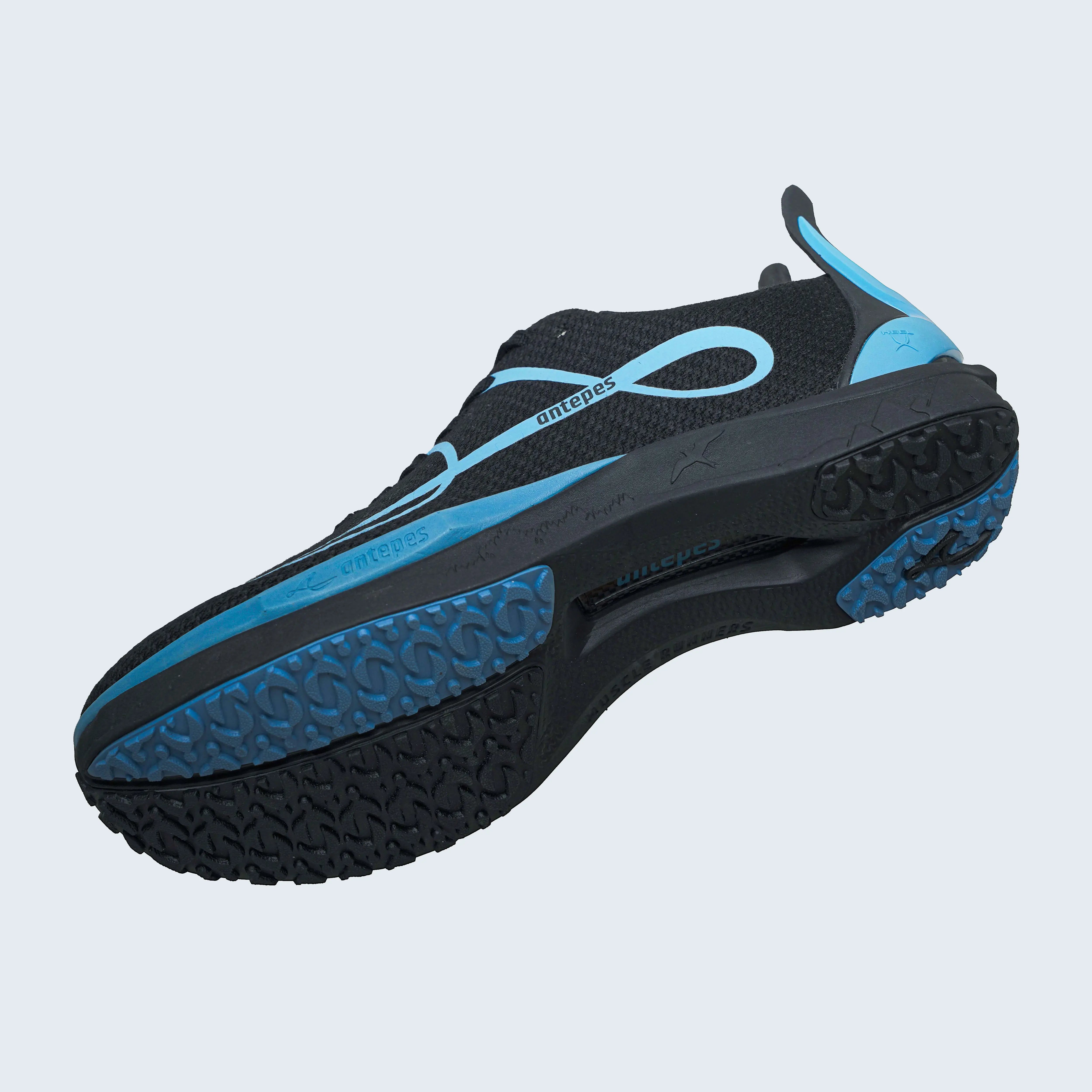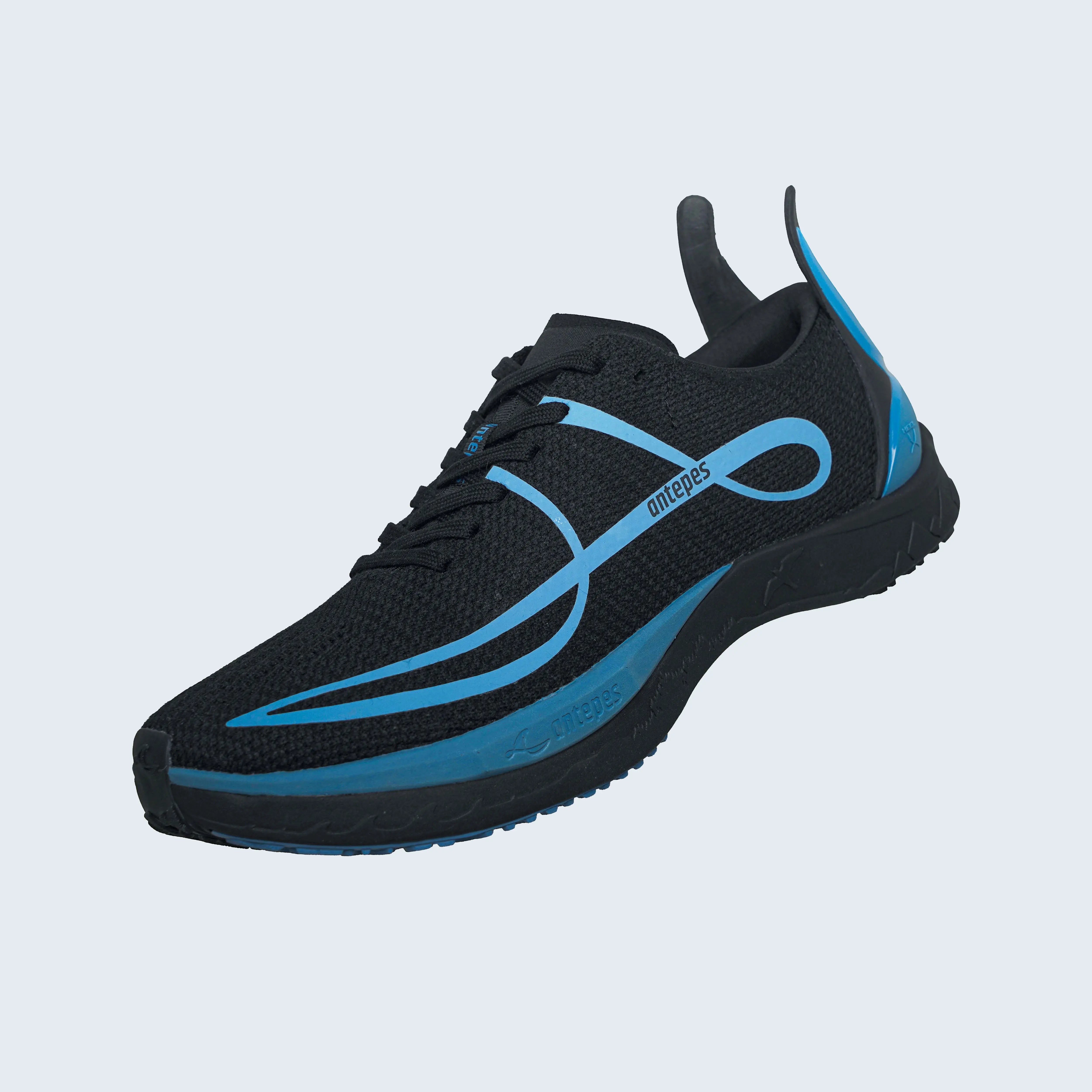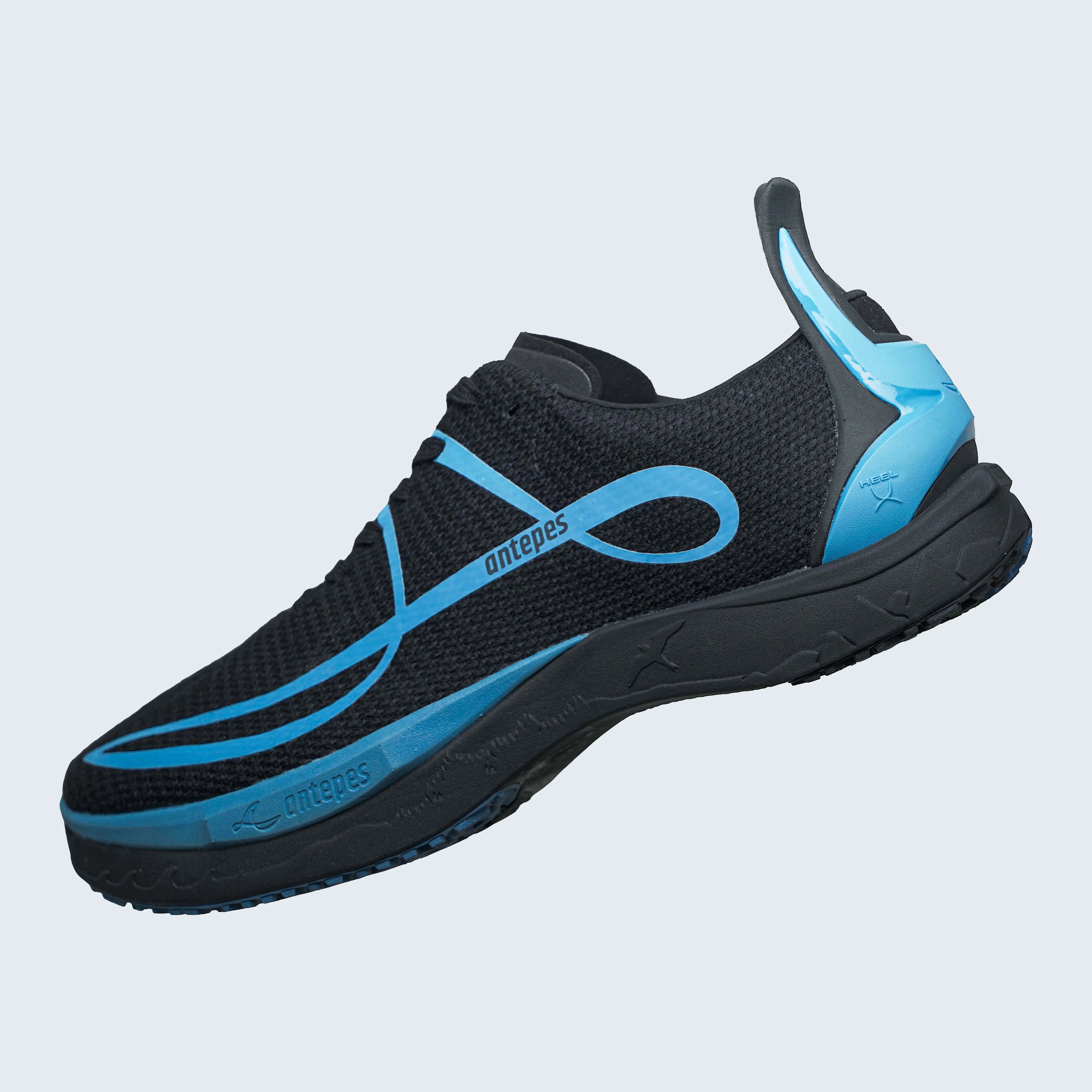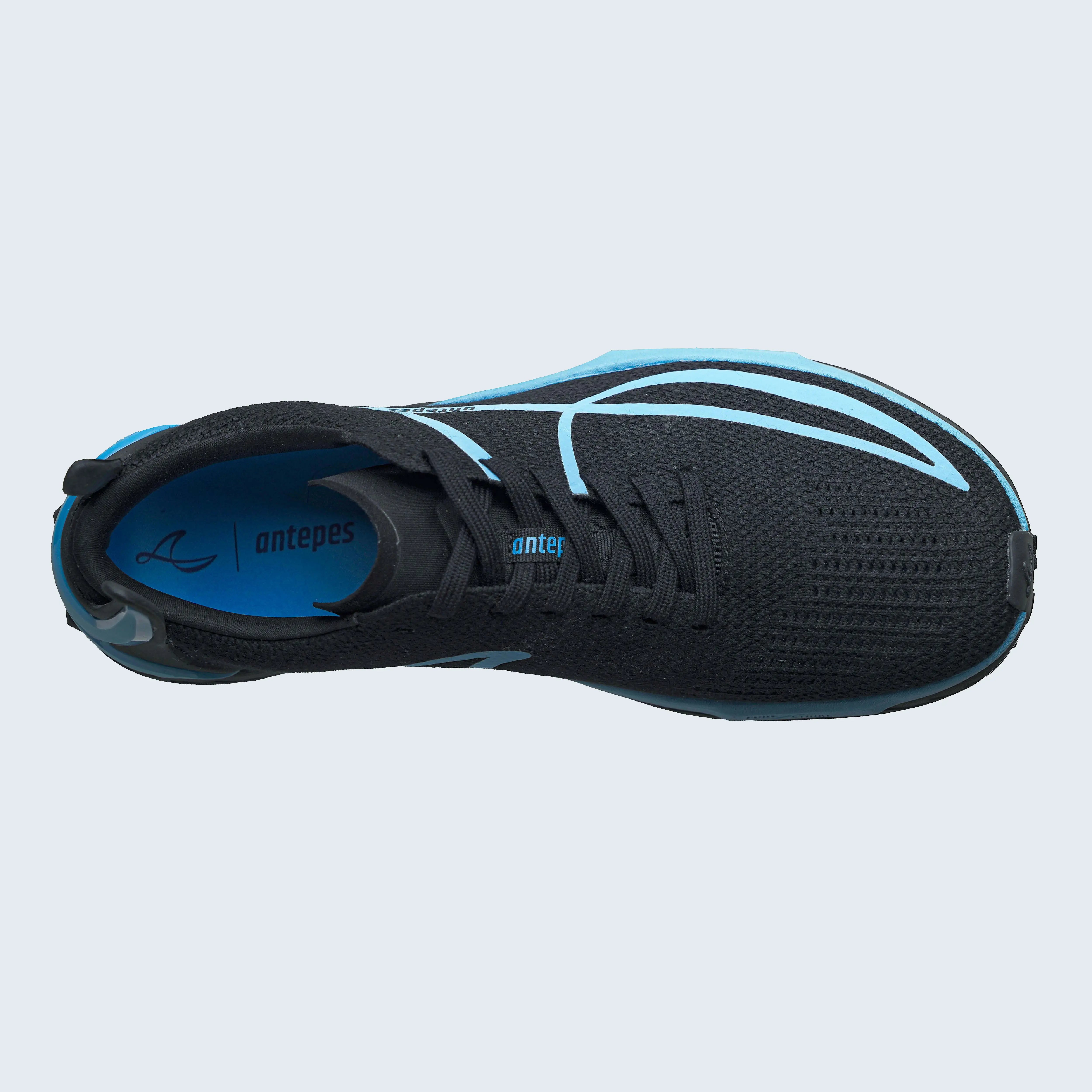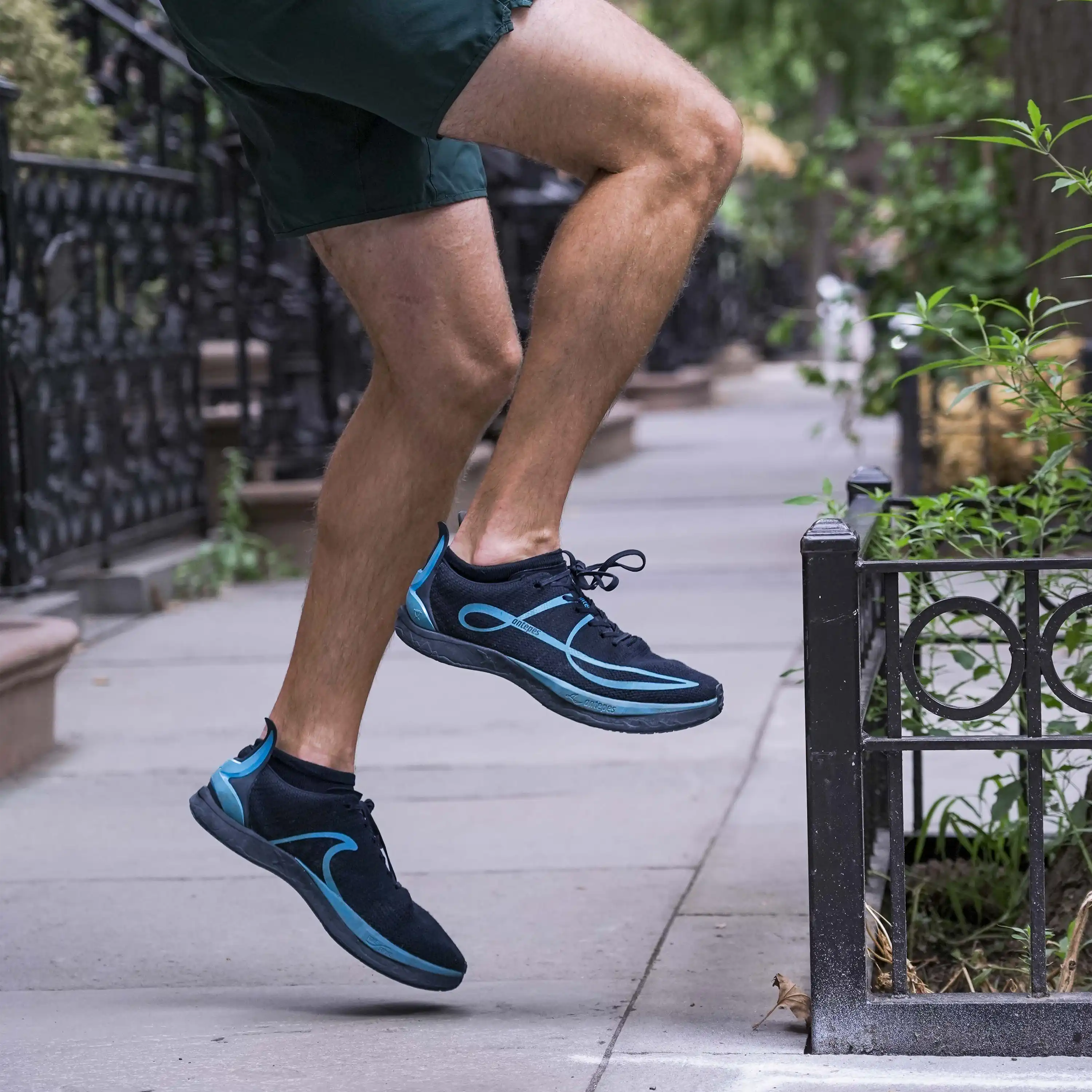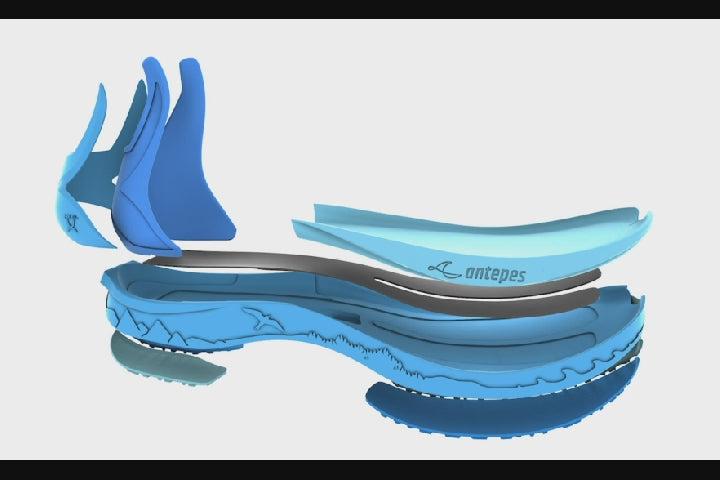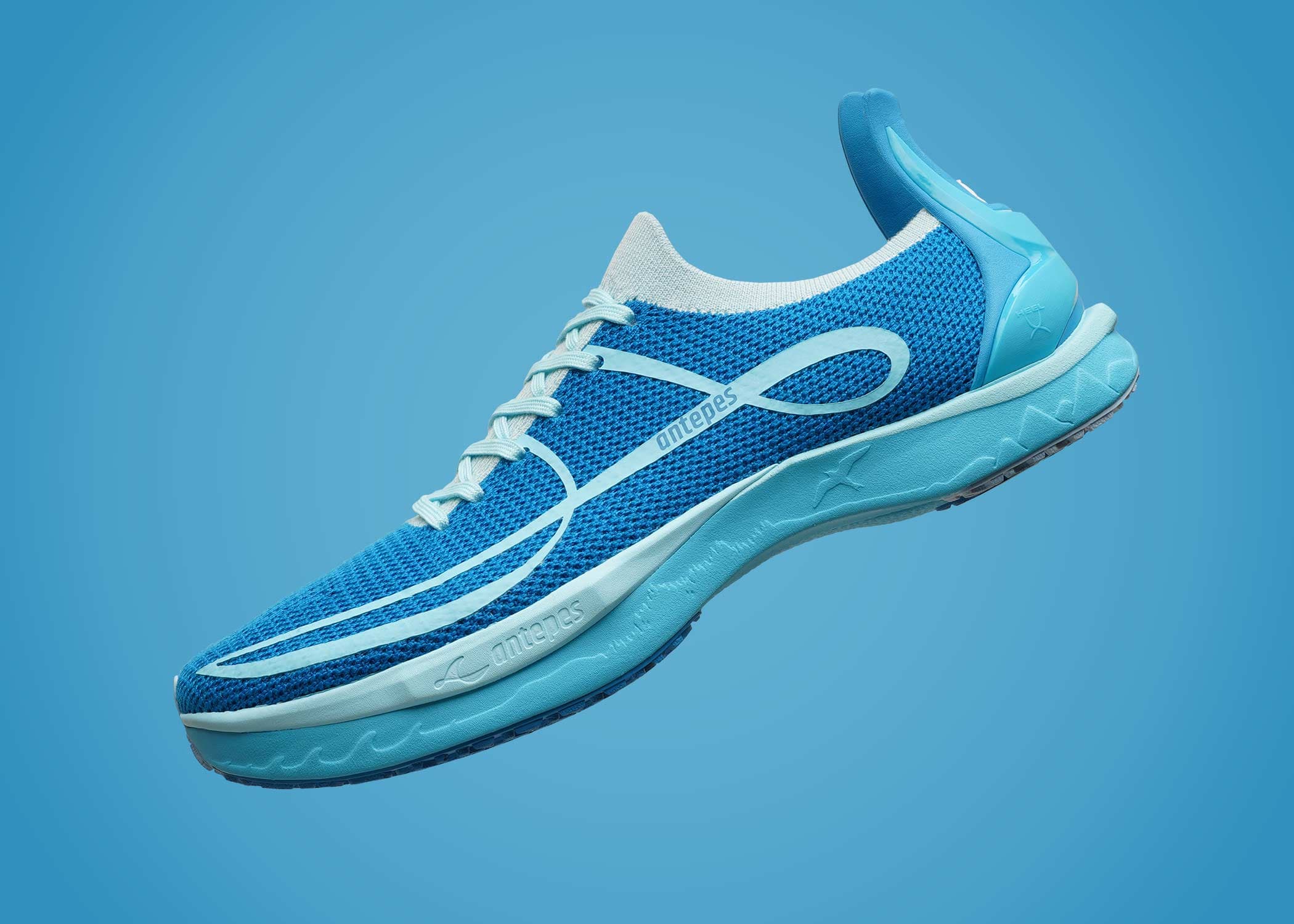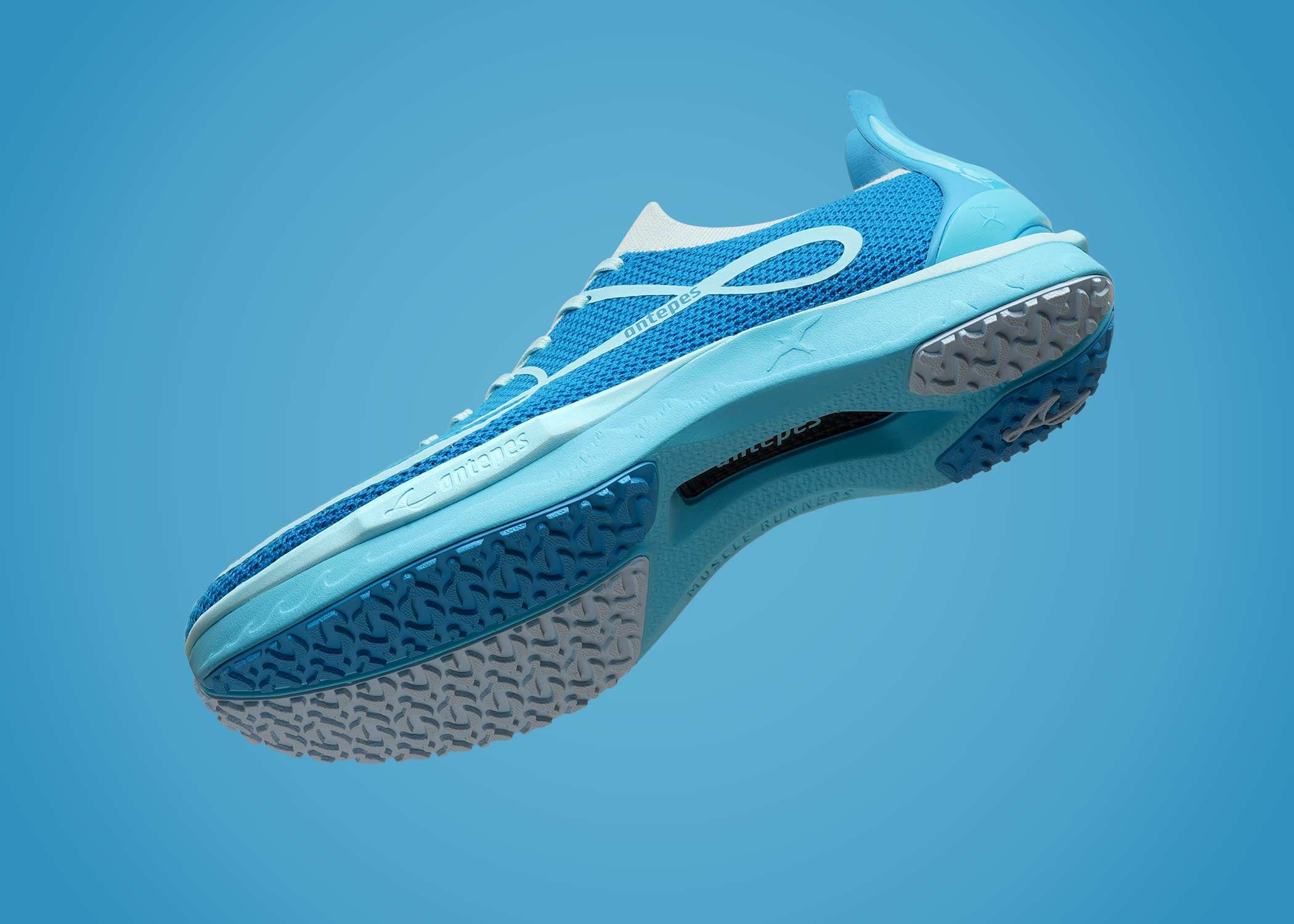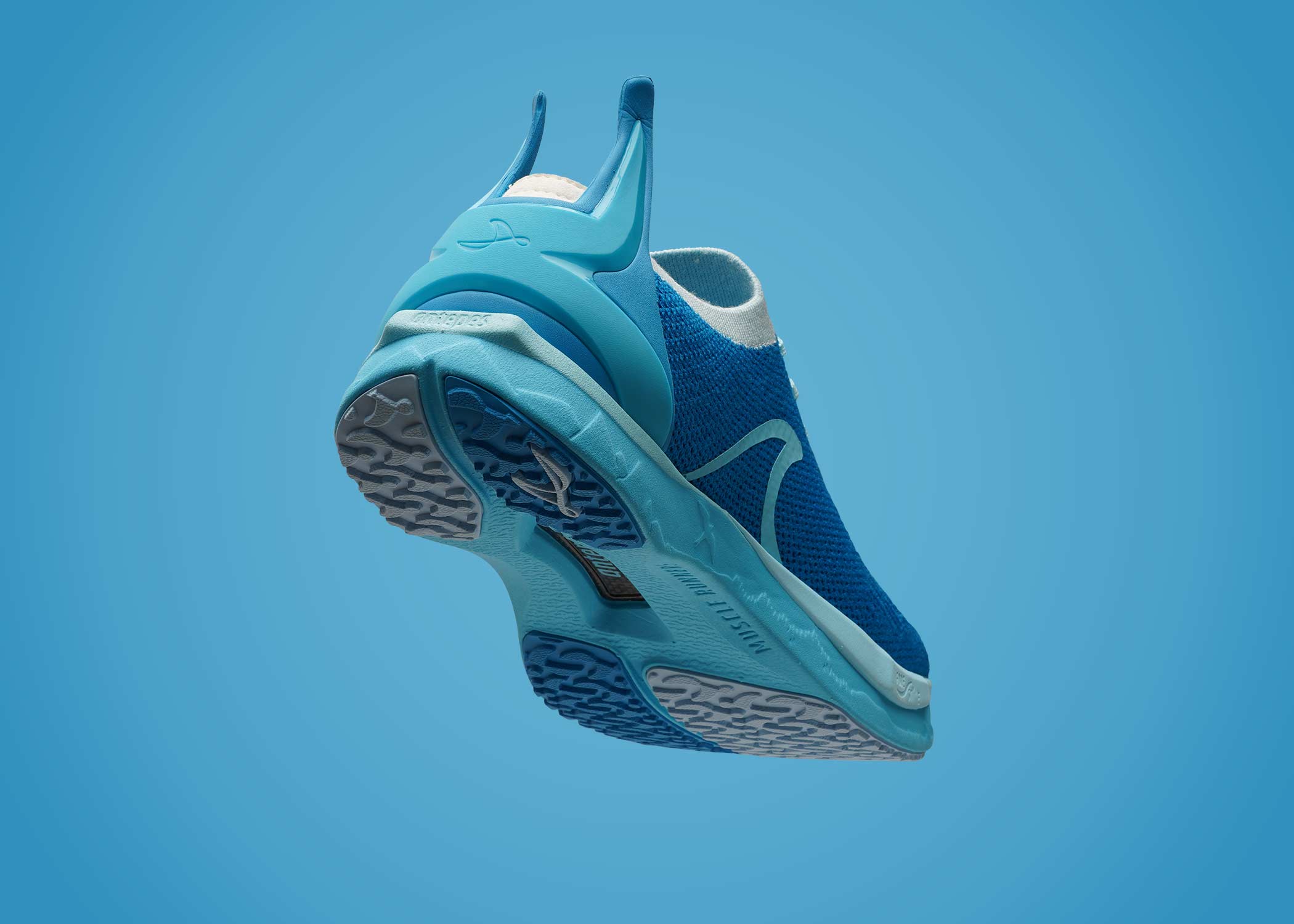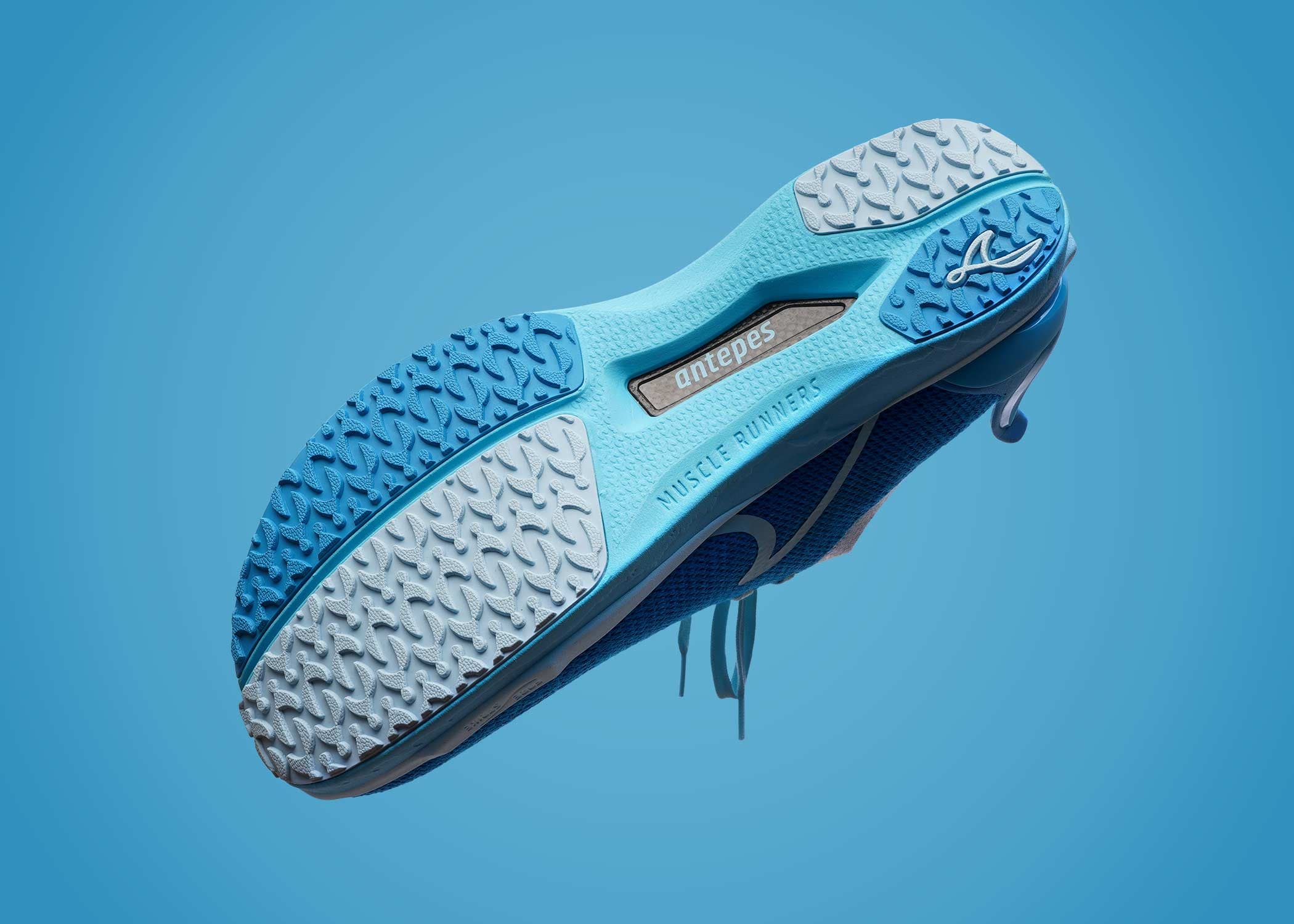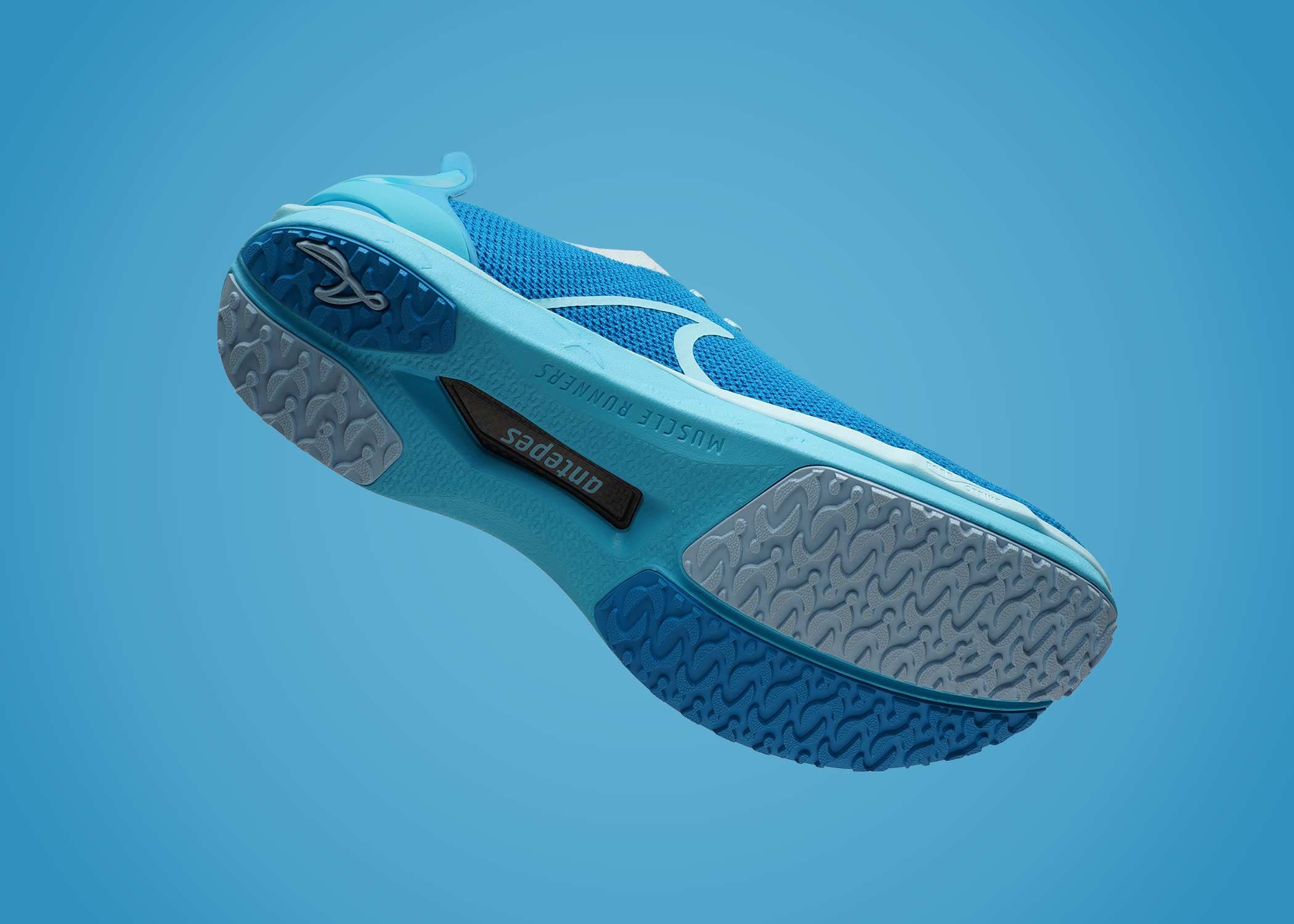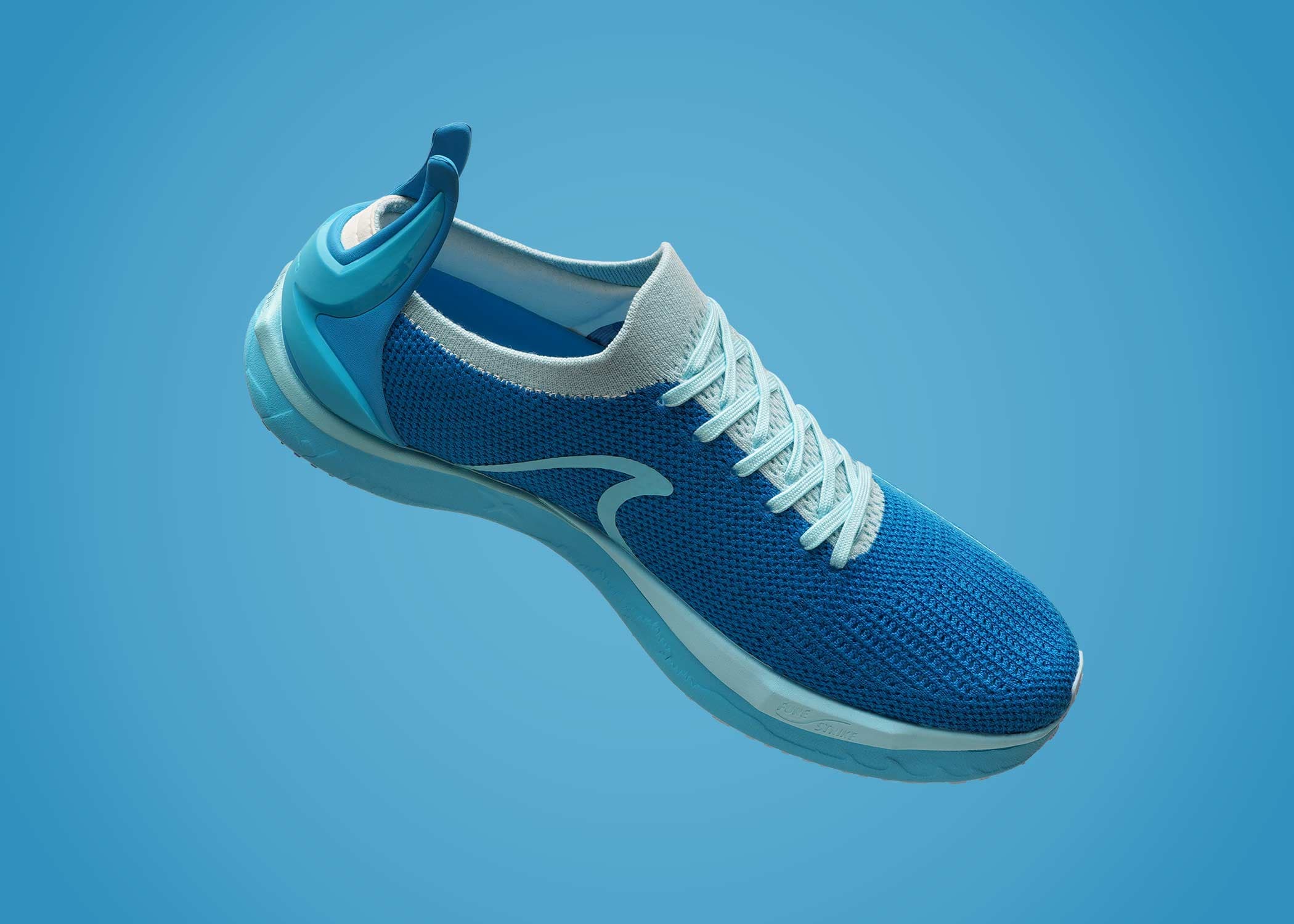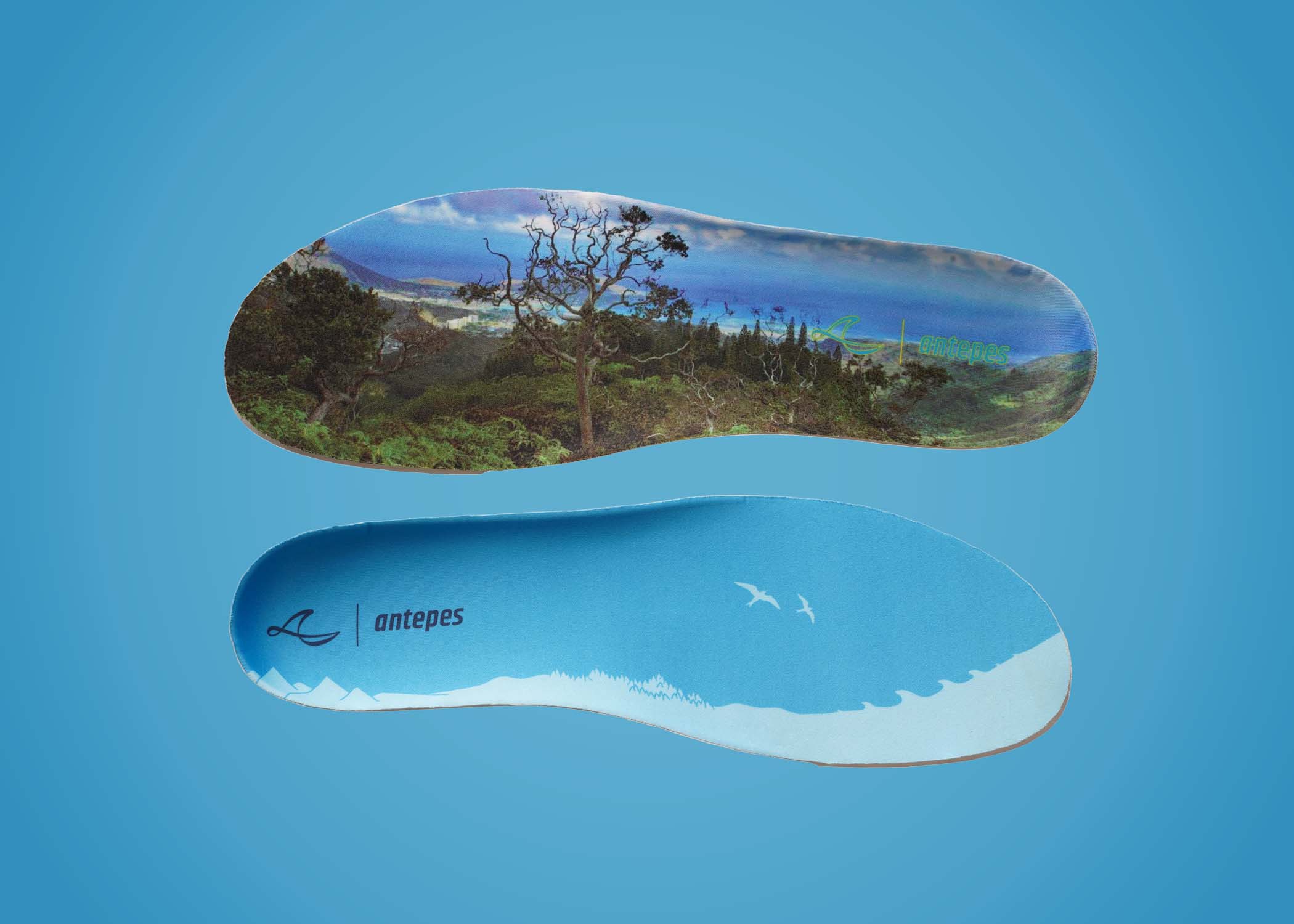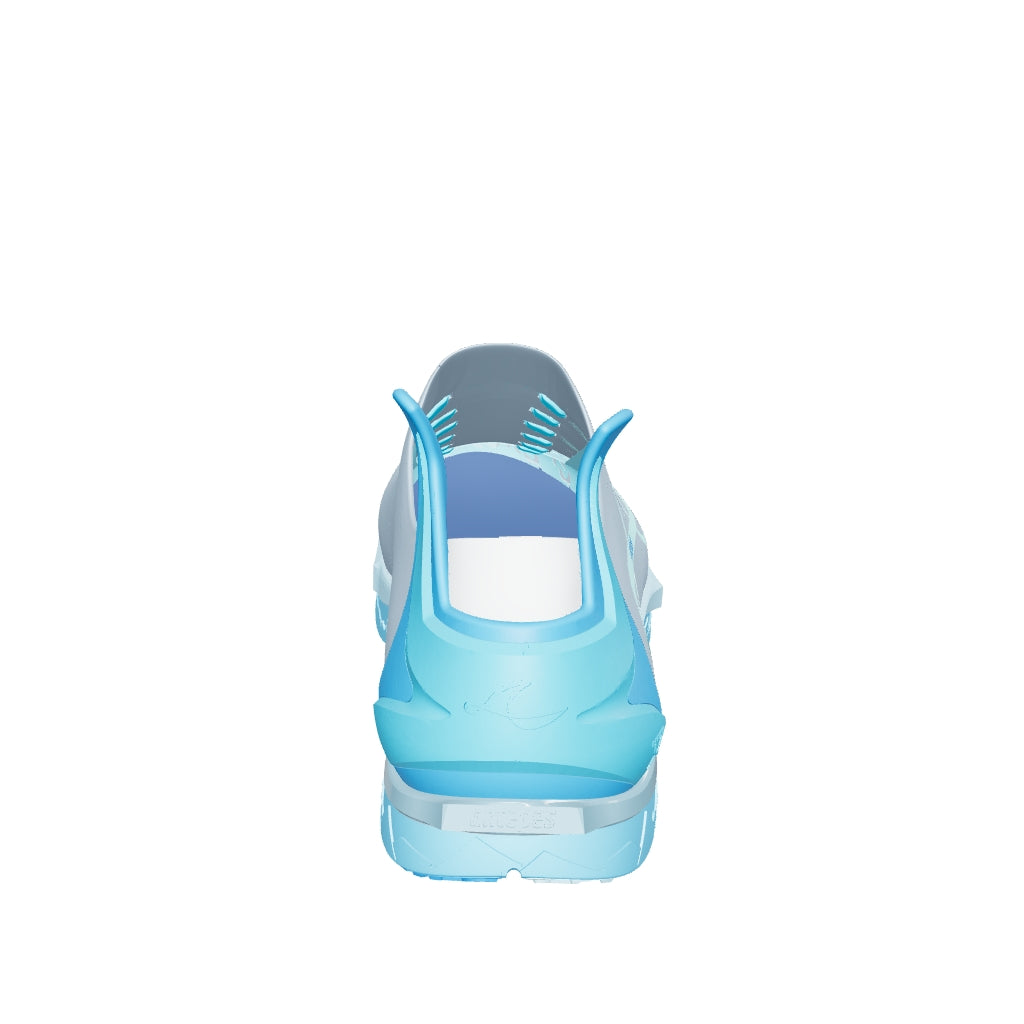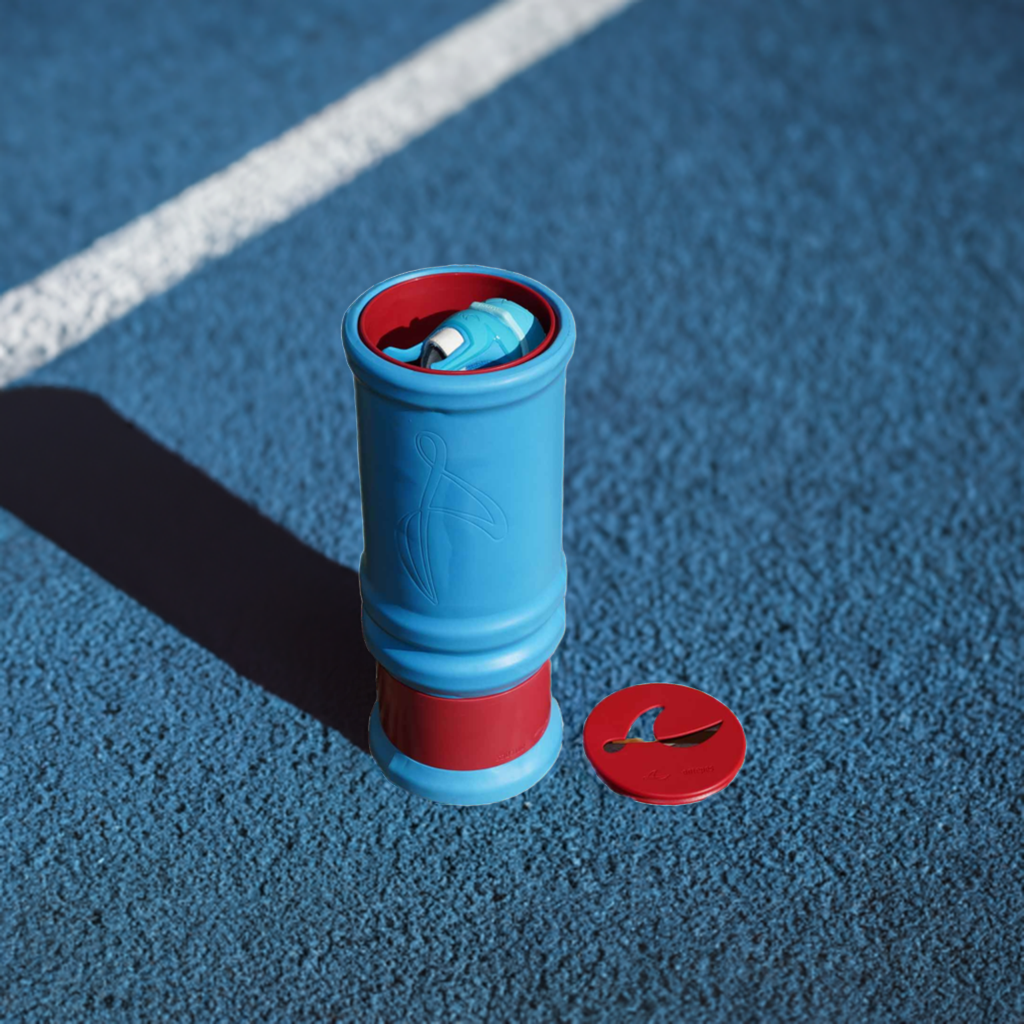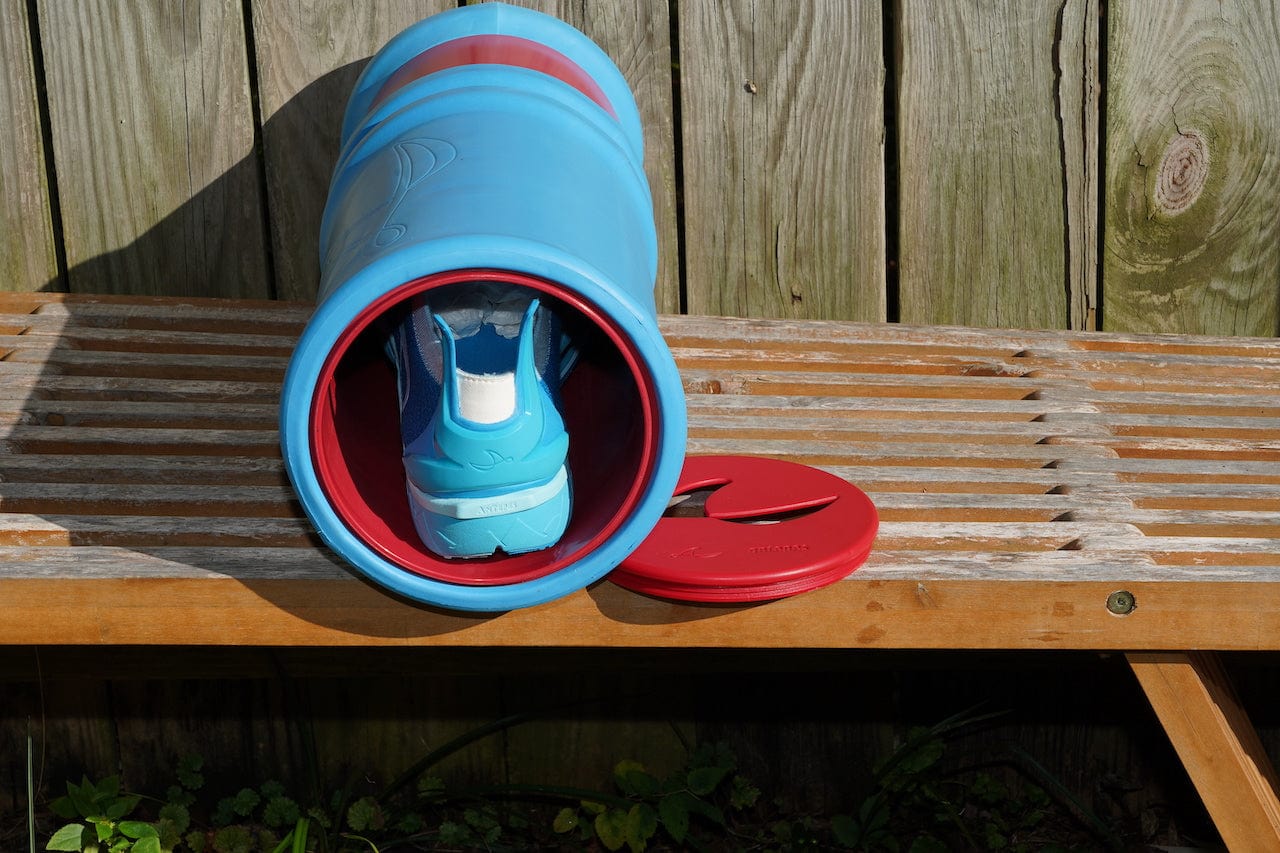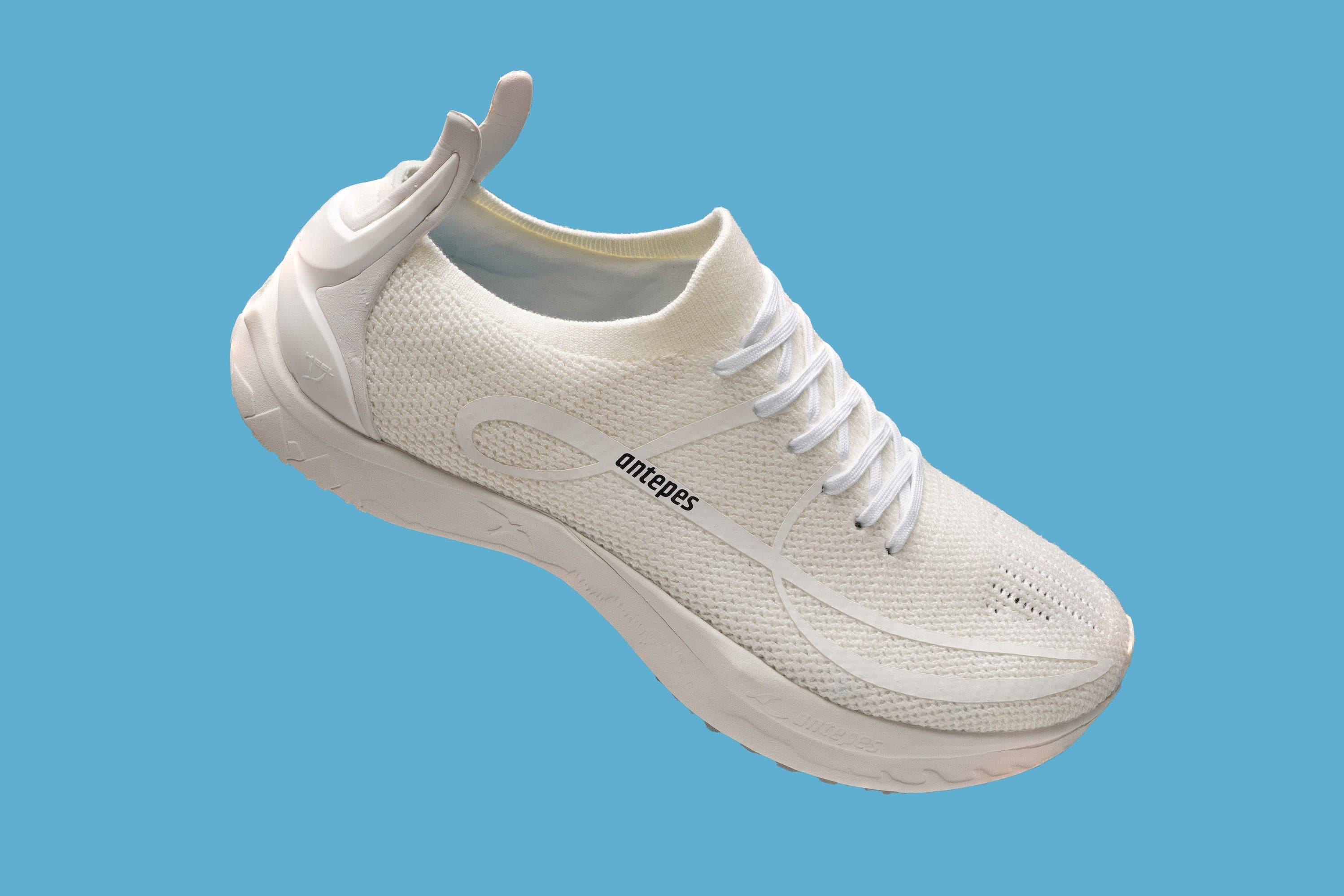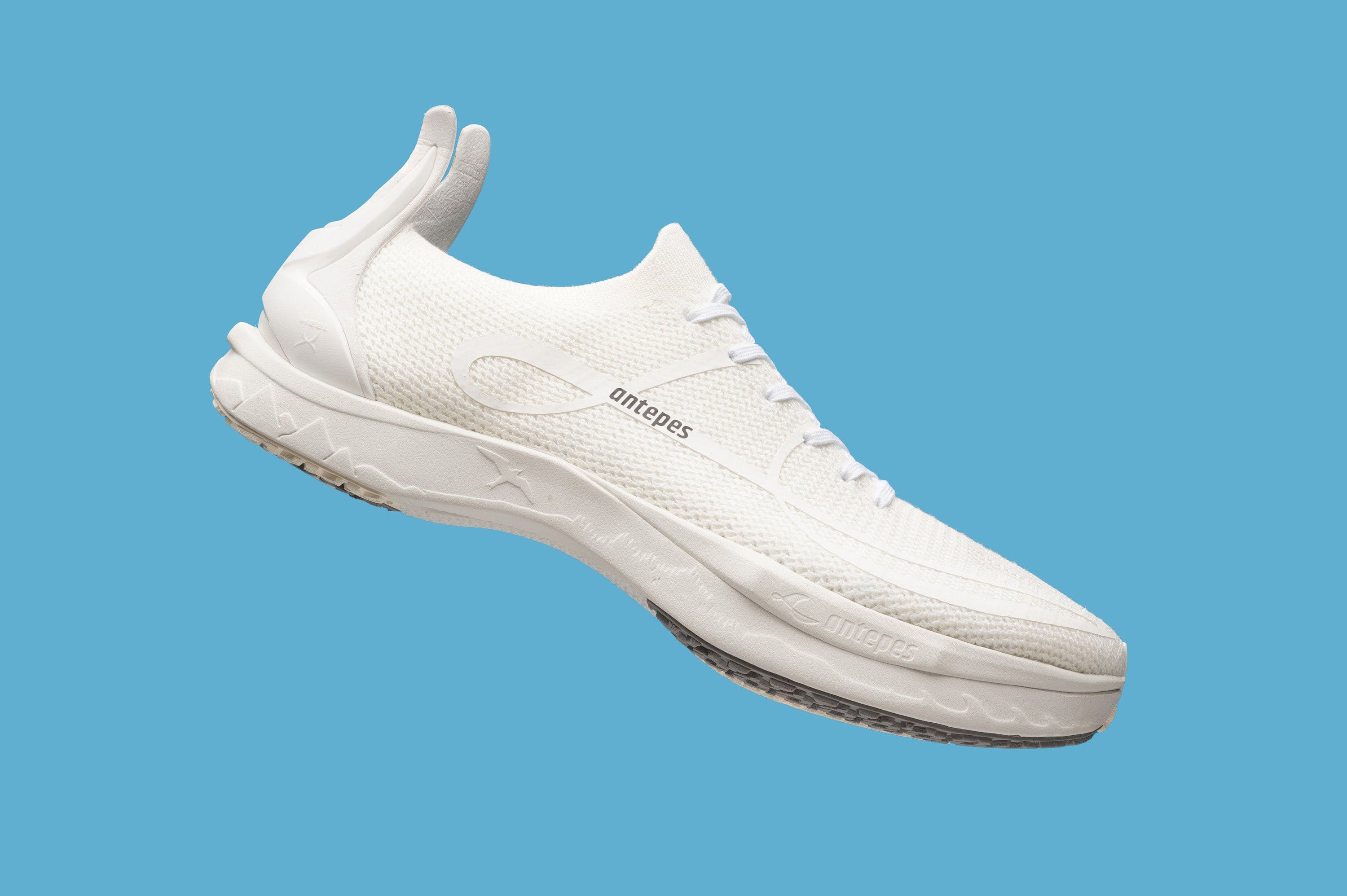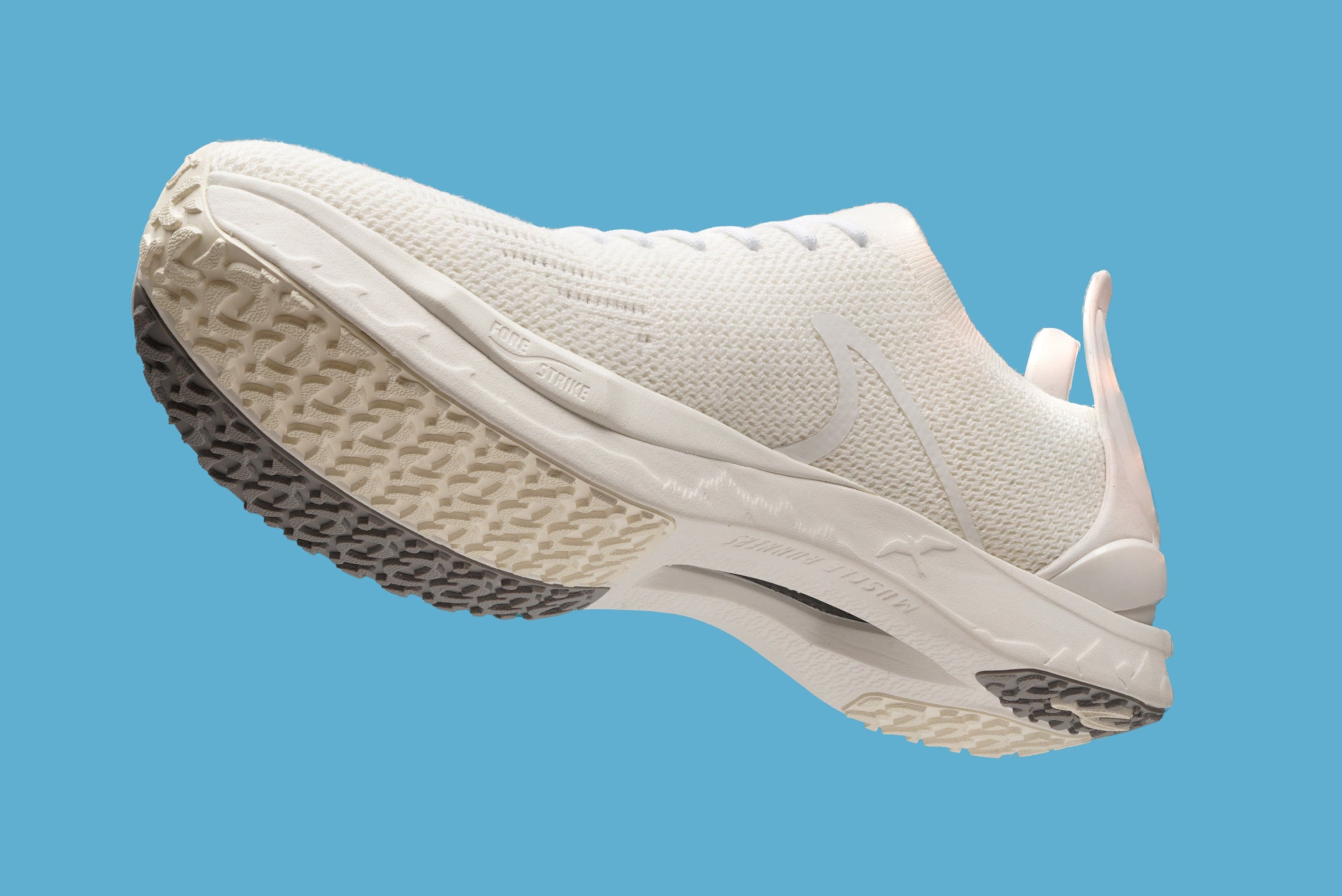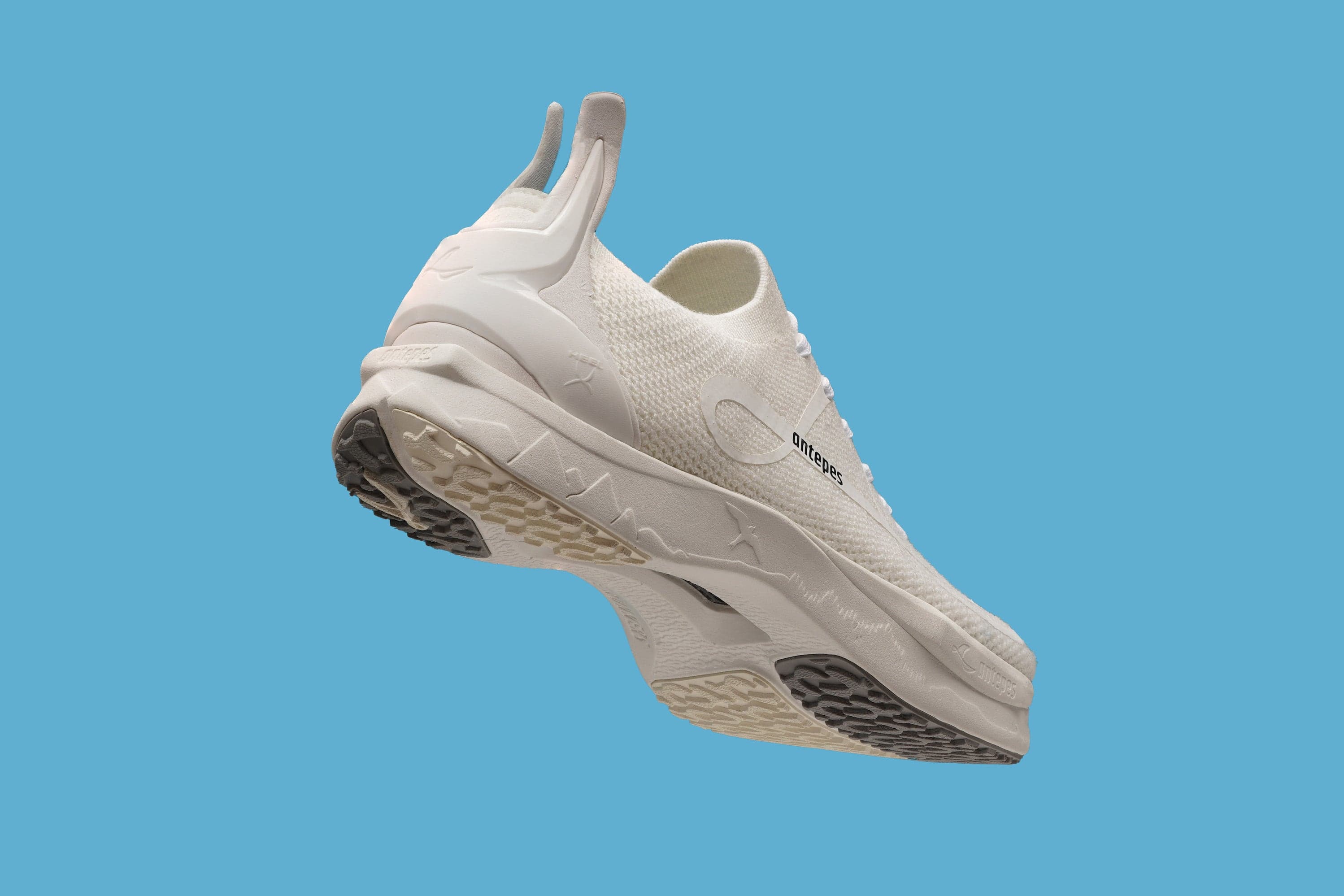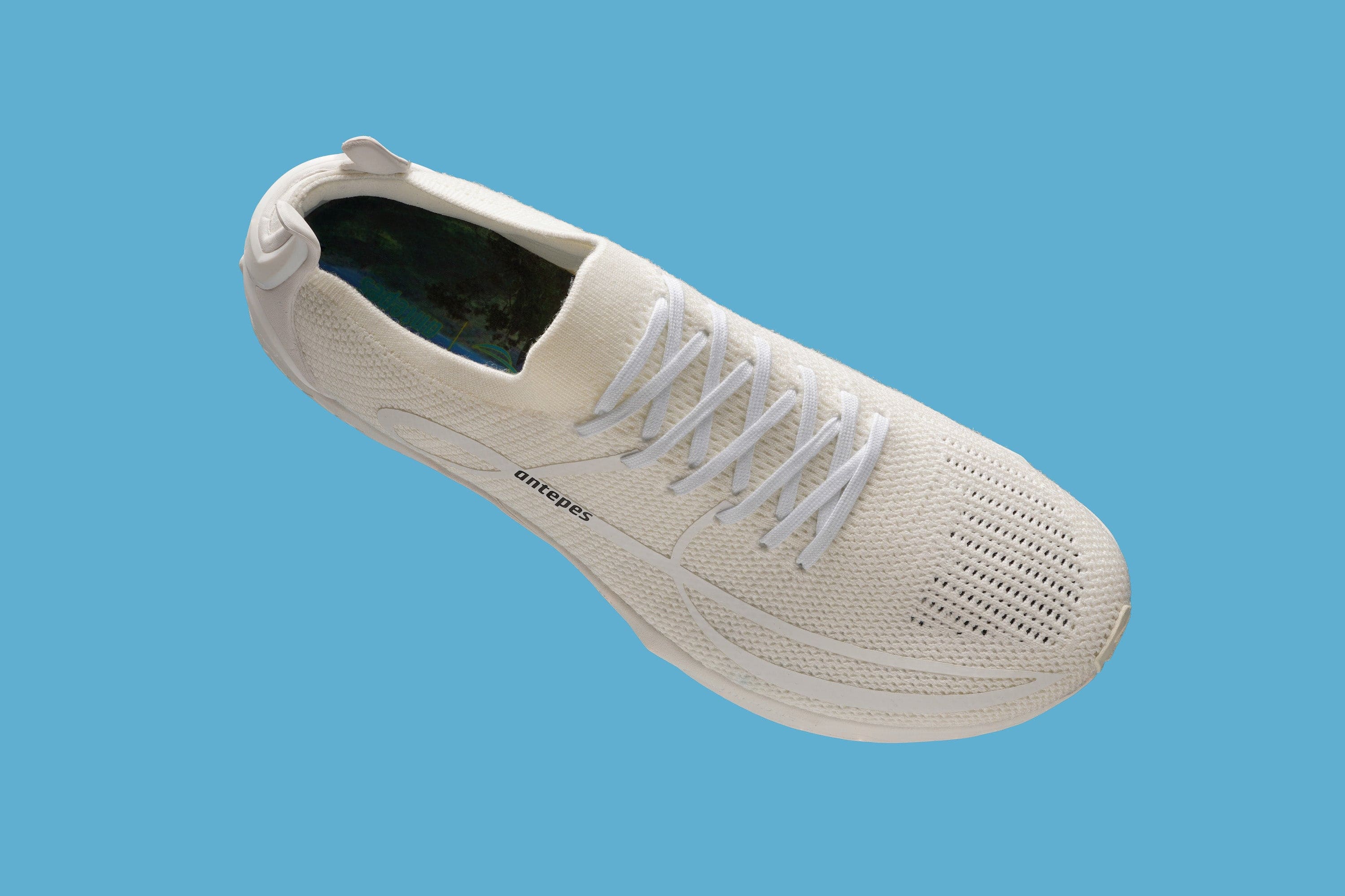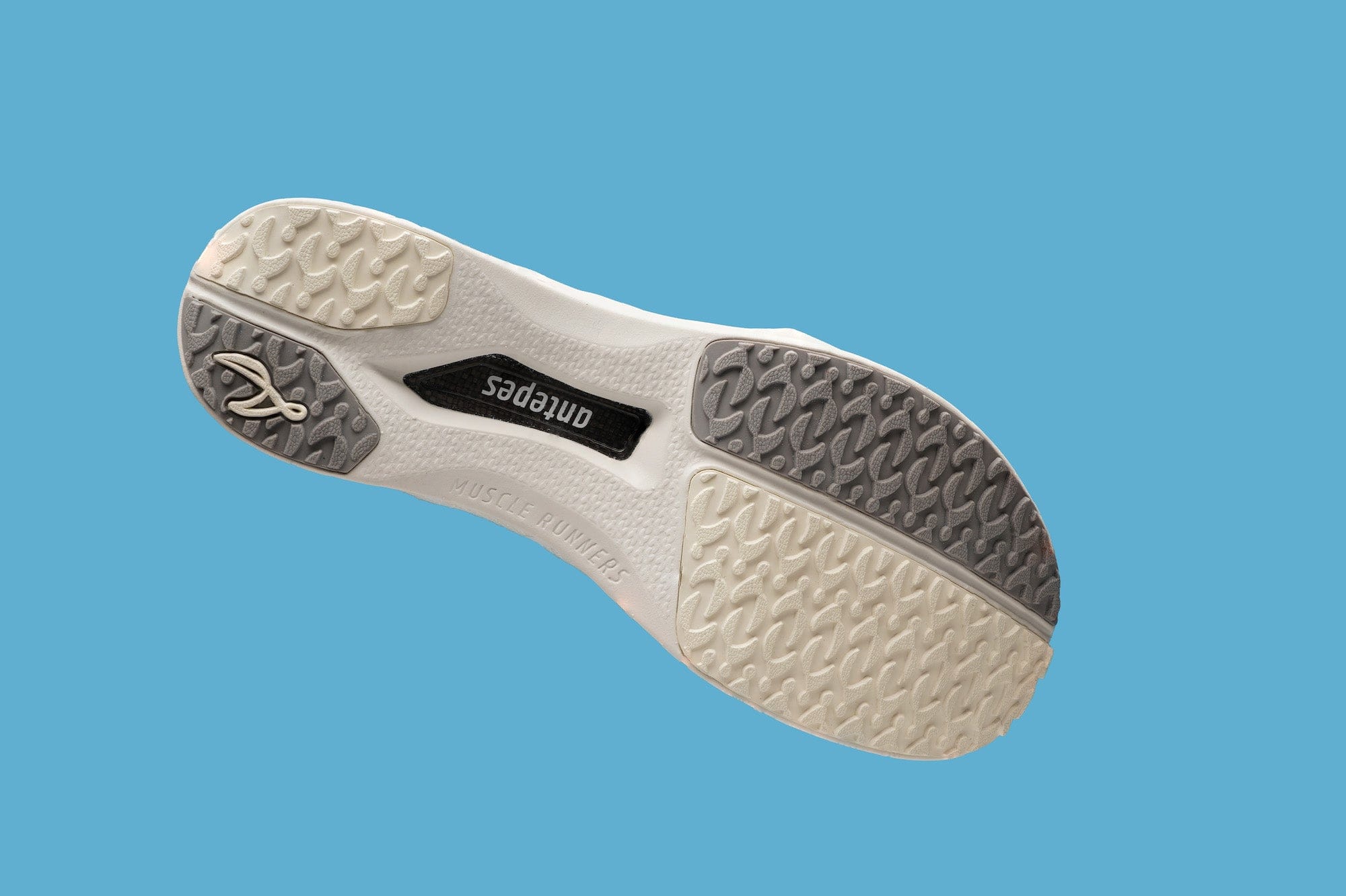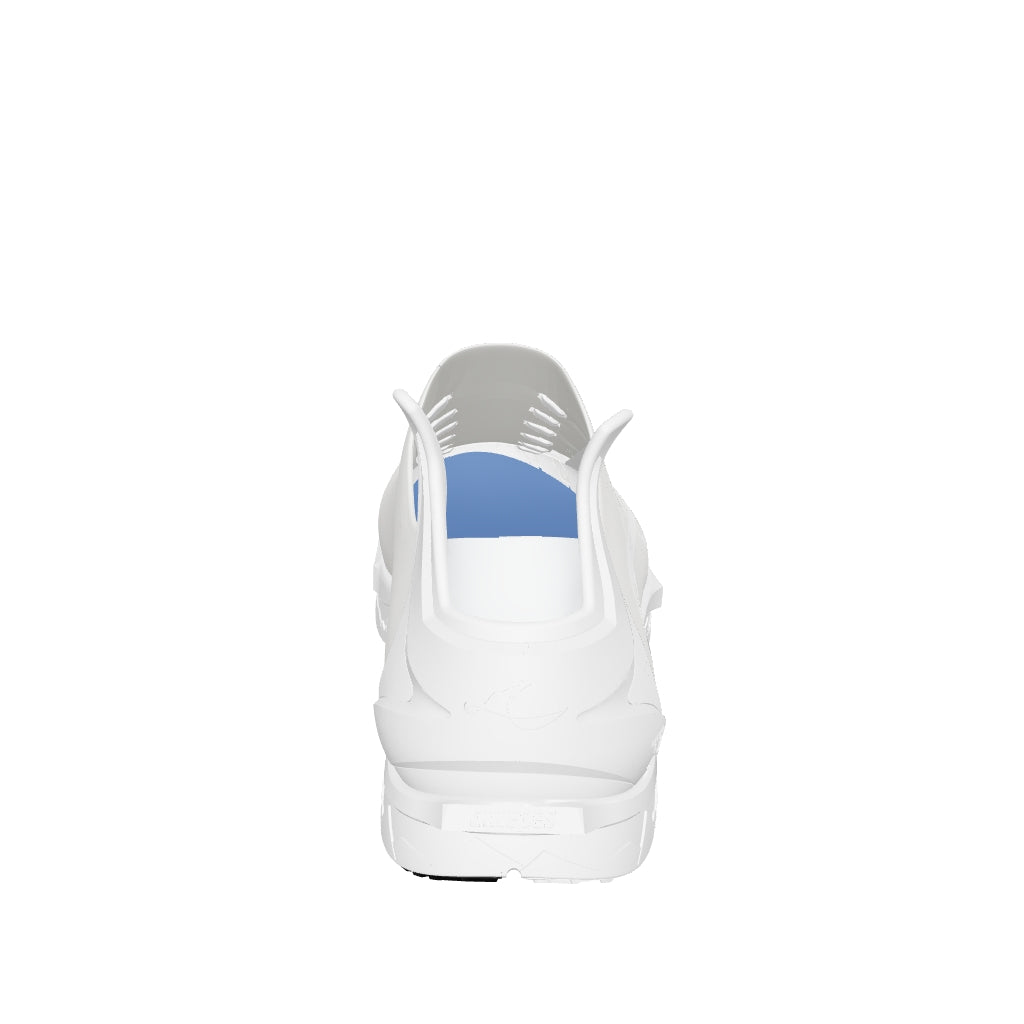You want more bounce, more reactivity, more power, more of all that good speed stuff?! Of course you do! Well, you have your Antepes Muscle Runners – the world’s best dynamic speed shoe - and now you just need to do plyometrics in them. Indeed, our specifically designed speed shoes are fast acquiring a reputation for being the plyometric shoe.
If you’ve been following our previous posts in the “Plyo Series” (links to posts 1 & 2) you’ll have gained an understanding as to why these highly reactive plyo’s can give you the edge over your opponents – just like your Muscle Runners.
But if not here’s a brief re-cap. A plyometric drill, such as a drop jump, capitalises on the stretch-reflex capacity of soft tissue (muscles, ligaments and tendons).
On ground contact from a jump your soft tissue stretches (an eccentric muscular action) and then in a nano-second it fires you up and/or forwards via a shortening action (a concentric muscular action).
Regular plyo training will increase the rapid fire of your stretch-reflex. You’ll get more bang for your buck – no scratch that ground contact.
Regular plyo training will increase the rapid fire of your stretch-reflex. You’ll get more bang for your buck – no scratch that ground contact. The more power you can lay down in the blink of an eye the faster and/or more agile you will be everything else being equal.
In the previous post in the Plyo Series we considered introductory drills, now it’s time for intermediate options.
To reiterate whether a plyo is low, medium, high or even very high in terms of intensity does not imply that any tiers are inferior or superior to others.
Rather view them as a suite of tools - with all of them needed to build the complete speed and power athlete. We use intensity to refer to the stress the drill places on your body. Hence, it is necessary to carefully progress your plyometrics so that you can get the most from all intensities safely and without injury.
Your training programme needs to include plyos of various intensity and formats to cover what you need for your sport.
Your training programme needs to include plyos of various intensity and formats to cover what you need for your sport. (Look out for some detail plyometric plans from Antepes).
Intermediate options
So, let’s take a look at intermediate plyo drills. Your built for jumping and speed Muscle Runners are perfectly designed to boost explosiveness and ground reaction forces.
The ForeSprint™ and ForeSpring™ technologies will really aid your plyo jumping. Key technologies are the former’s carbon plates specifically designed for impact distribution and fluid energy transfer and the latter’s dual density TPE foam that will give you that added bounce. No more of that squidgy, marshmallow response you can get from conventional training shoes
Intermediate plyos tend to but not exclusively increase loading on the body via greater landing forces. These forces can be many times your body weight. Intermediate options may also have faster and further forward travel and some will also be performed on one leg – such as hops.
The Drills
1: Straight leg bounds

Transition from one leg to the next with a bouncy type of speed. Don’t bend you knees too much at ground contact. Use your arms to aid balance and try to push the foot forwards and out from the knee before pulling it into the ground contact.
Do: 2-3 x 20m
2: Straight leg hops

Like with the previous drill keep your leg pretty straight when contacting the ground. Kick your foot forwards to initiate movement and coordinate arms with legs.
Do: 2 x 20m on each leg
3: Fast double-foot jump sequence

These bunny jumps are great for acceleration. Emphasise speed over distance and try to “block” each landing, thus minimising force absorption. Swing your arms in time with your jumps to boost power.
Do: 4 x 6-8 jumps
4: Bounds

Bounding is a key athlete’s drill. It’s similar to the straight leg bounds above – but this time you try to cover as much distance as you can on each bound. Really swing each thigh forwards to create momentum, hold the swing thigh up and then extend the leg and then foot out into the contact before pulling it back toward you to maximise speed transfer. Use your arm swing to boost power.
Do: 3-4 x 20m using a standing start
5: Hurdle jumps
Use 4-6 hurdles and jump over each one. Minimise knee bend on ground contact. Your speed shoes will “ping” you out of the contact.
Do not use overly high hurdles – focus rather on very quick speed transfer from each landing into each jump. Stay on your Antepes’ forefoot. In time when your power increases you can up the hurdle height.
Do: 4-6 reps
There are many more intermediate plyo drills – look out for more examples and our specific training programmes.

